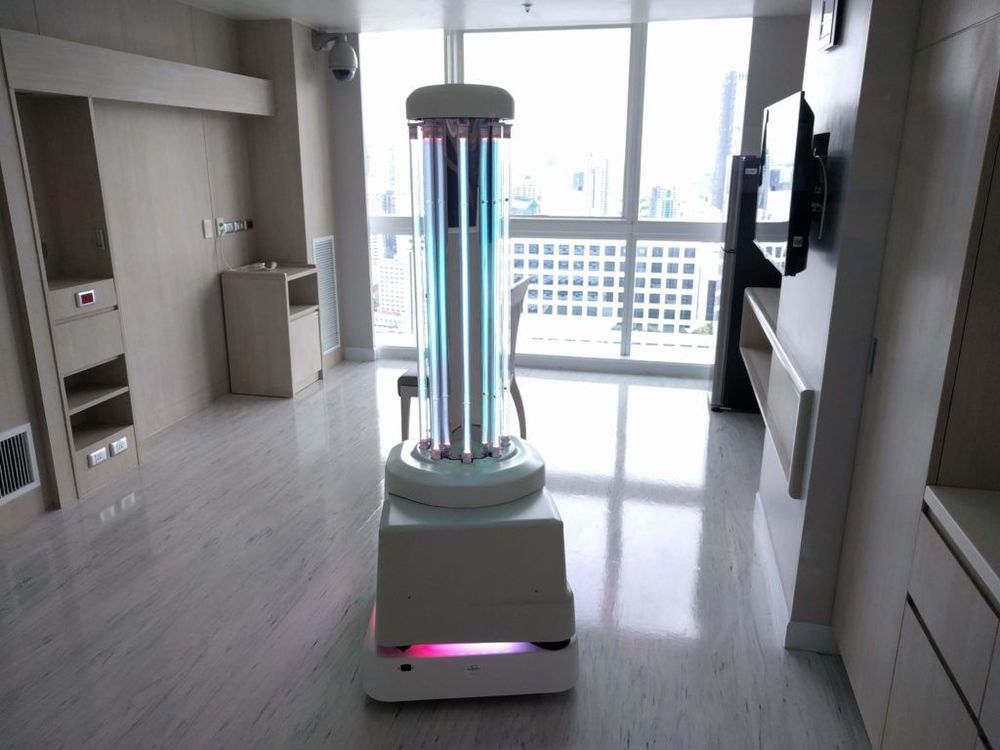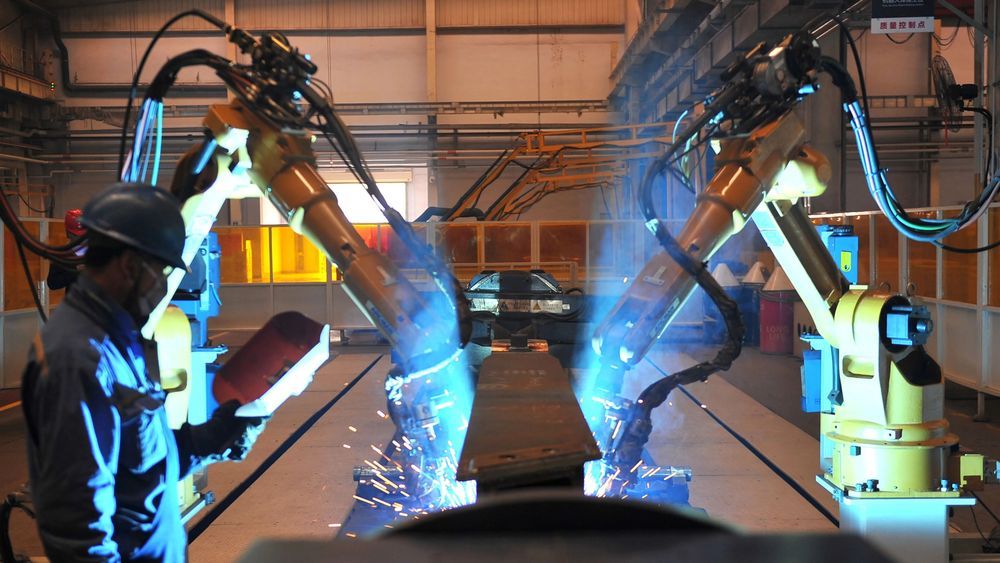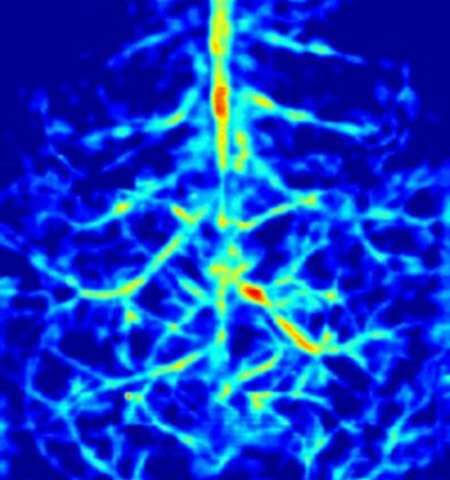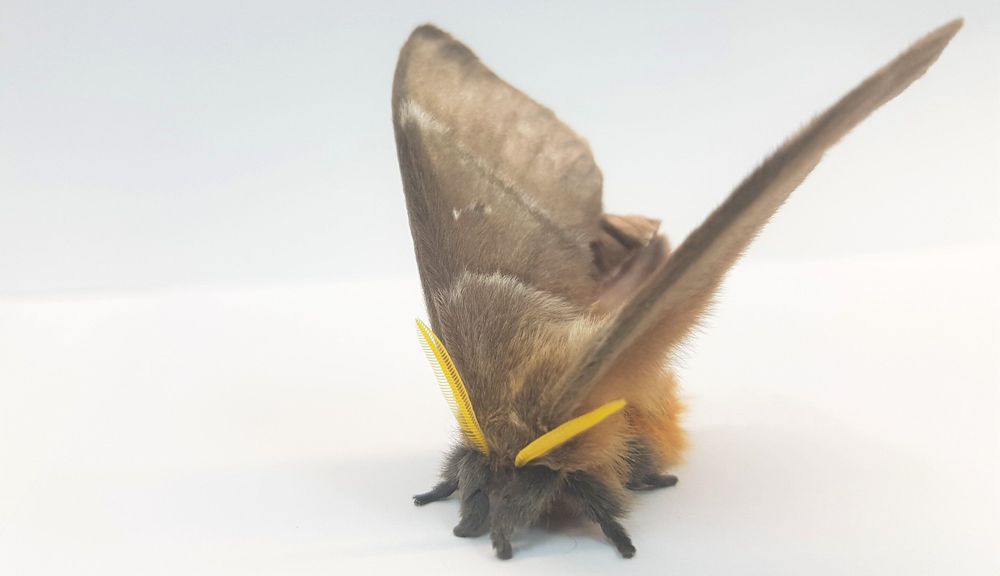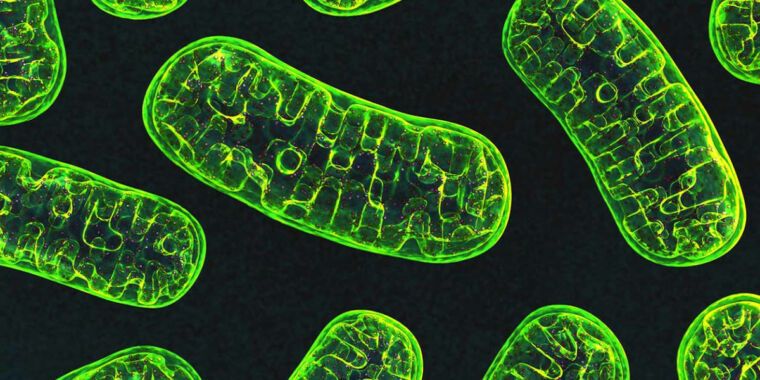The CEO of UVD Robots explains why robots can be effective in fighting the coronavirus and how his company is scaling up to meet demand.
While robotics and automation create a plethora of opportunities for skilled labor, they substitute many jobs of unskilled labor. Philips’ automated shaver factory in the Netherlands employs one-tenth of the workforce of its factory in China that makes the same shavers. Such developments accentuate inequality and pose severe social pressure in developed countries, which would need to be addressed by government in the years to come.
Technology can complement humans but it can also eliminate their jobs.
Lilac Nachum
Wuhan Coronavirus Pandemic — USA
California has the first case that cannot be traced back to a traveler from an area with an outbreak.
“It’s significant because it means that it’s also possible the infection is spreading untraced throughout the local community.”
“U.S. health officials confirmed the first possible community transmission of the coronavirus in America, a troubling sign that the virus could be spreading in local cities and towns. The Centers for Disease Control and Prevention doesn’t know exactly how the California patient contracted the virus. The individual is a resident of Solano County and is receiving medical care in Sacramento County. The patient didn’t have a relevant travel history or exposure to another patient with the virus, the CDC said.”
Photoacoustic imaging, a technique for examining living materials through the use of laser light and ultrasonic sound waves, has many potential applications in medicine because of its ability to show everything from organs to blood vessels to tumors.
Caltech’s Lihong Wang, a pioneer in the field, has developed variants of photoacoustic imaging that can show organs moving in real time, develop three-dimensional (3D) images of internal body parts, and even differentiate cancerous cells from healthy cells.
Wang, Bren Professor of Medical Engineering and Electrical Engineering, has now further advanced photoacoustic imaging technology with what he calls Photoacoustic Topography Through an Ergodic Relay (PATER), which aims to simplify the equipment required for imaging of this type.
Why is there something rather than nothing? We’re finally making enough antimatter to extract an answer – and it might reveal the dark side of the universe too.
Some species of deaf moths can absorb as much as 85 per cent of the incoming sound energy from predatory bats—who use echolocation to detect them. The findings, published in the Journal of the Royal Society Interface today, reveal the moths, who are unable to hear the ultrasonic calls of bats, have evolved this clever defensive strategy to help it survive.
Bats hunt at night using echolocation. The technique, which is also known as biological sonar, first evolved around 65 million years ago and enables bats to search for and find prey putting huge predation pressure on nocturnal insects. One defence that many nocturnal insects evolved is the ability to hear the ultrasonic calls of bats, which allows them to actively evade approaching bats.
Many moth species, however, cannot hear. The team of researchers from the University of Bristol wanted to investigate the alternative defences against bats that some species of deaf moths might have evolved.
Human urine is an promising material in the future where an enormous amount of urine is produced by rapidly growing population.
